STEM Bins
Project Name: STEM Bins
Grade Level: 2nd Grade
Number of Students: 20
Indiana Standards project aligns with:
Grade K-2
K-2.DI.1 Use technology resources to solve age-appropriate problems and communicate thoughts, ideas, or stories in a step-by-step manner.
K-2.CD.1 Use standard input and output devices to operate computers and other
technologies.
K-2.NC.1 Use technology to work cooperatively and collaboratively with peers, teachers, and
others.
Grade 2
2.PS.4 Analyze data obtained from testing different materials to determine which materials have the properties that are best suited for an intended purpose.
Grade K-2
SEPS.1 Posing questions (for science) and defining problems (for engineering)
SEPS.2 Developing and using models and tools
List of Supplies
Doll E 1.0 -Book
Dash Robot
Botley Robot
Bee Bots (not included in grant)
Magnetiles
Squishy Circuits
Ipads (not included)
Light up tiles
marble run
Lesson Plan
Lesson objectives: Students will be able to have a better understanding of solids after we have studied properties of solids and liquids. They are also understanding the basics of coding and different ways to code different robots/ computers.
Differentiation strategies to meet diverse learner needs: Some students needed to work in different groups or with different students based on their needs.
ENGAGEMENT:
Students will be asked if they think they could program or control a robot.
Who would like to see what different robots do and how they act? Do you think you could see if some robots could talk, make noises, or knock objects over?
EXPLORATION:
Students will be exploring and programming different types of robots. They will have the opportunity to choose what their robot does and how it performs.
Students will get the opportunity to rotate through a few of the robots to compare them and how they perform. “What do you notice when about the robot? How did the robot ___ when you ____? When_____ happens when you ____?” The idea is to ask leading or inquiry questions as students are working and encourage their learning.
EXPLANATION:
With coding and programming, students forced to give directions to a computer. They are creating these directions and codes at times or given codes to follow. These two ideas allow students two different ways to show their understanding of the lesson.
Students are always asked to justify their answers or explain their thinking.
ELABORATION:
Some vocabulary students are using is directions, coding, programming, problem solving.
Students realize that coding is a step by step process and they are giving something directions.The idea is this will help students become better problem solvers and help them give and follow directions.
EVALUATION:
Students seem to understand the basic functions of some of the robots and coding. They are understanding cause and effect. There was little arguing and more cooperation with the activity
Teacher Testimony:
“Students love STEM and genius hour. We have several guest that come to our class and building when they ask what is your favorite thing most students say genius hour. This genius hour is the time when we are able to engage in STEM activities. Even though we do many STEM based activities all the time having this "fun" title once a week it really highlights some of our activities and lessons.”
Credit: Sara Hoover - Beiger Elementary - Mishawaka, IN



